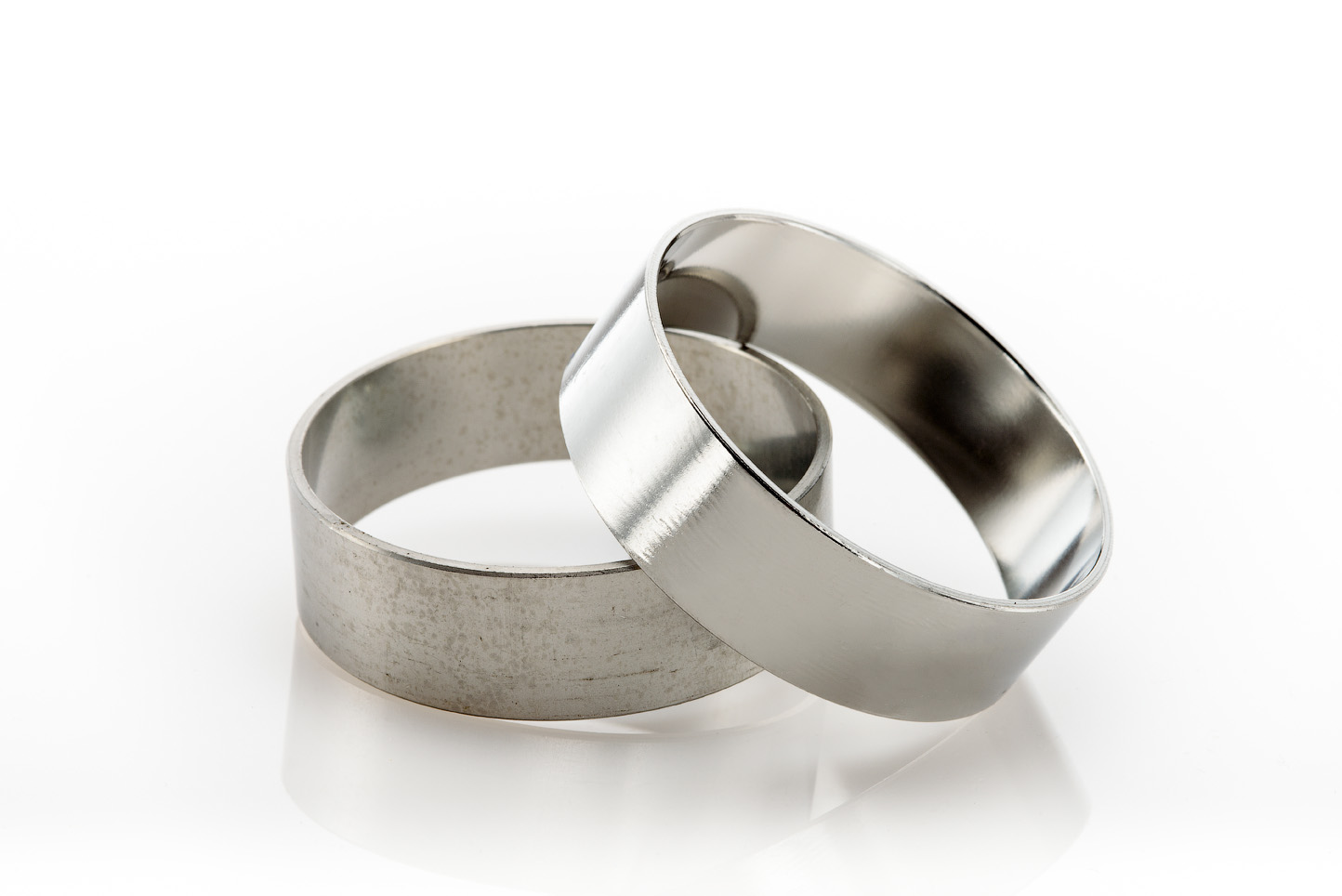
Citric Acid Passivation for Underwater Load Cells and Torque Sensors
In demanding environments where corrosion resistance is critical, the surface treatment of stainless steel components can mean the difference between long-term performance and premature failure. Nowhere is this more apparent than in subsea applications, where equipment like underwater load cells and underwater torque sensors are constantly exposed to high salinity, pressure, and moisture.
To meet these challenges, citric acid passivation has emerged as a go-to method for improving the corrosion resistance of stainless steel components used in marine and underwater environments.
What Is Citric Acid Passivation?
Citric acid passivation is a chemical treatment process that removes free iron and other contaminants from the surface of stainless steel, enhancing its ability to form a passive oxide layer. Unlike older methods that rely on nitric acid—an aggressive, hazardous chemical—citric acid is safer, environmentally friendly, and equally effective when applied with proper controls and techniques.
This method is particularly well-suited for precision components, including those used in sensitive, high-value applications like load sensing and torque measurement under water.
Why Citric Acid Passivation Matters for Subsea Equipment
Both underwater load cells and underwater torque sensors require stainless steel surfaces that can endure the harsh realities of subsea use. These devices are often exposed to:
-
Saltwater, a highly corrosive environment
-
Varying pressures and temperatures
-
Long periods of deployment with limited maintenance access
Citric acid passivation of these components ensures a clean, passive surface that resists corrosion and preserves the integrity of tight tolerances and measurement accuracy over time.
Key Benefits for Underwater Sensors
Enhanced Corrosion Resistance
Citric acid passivation eliminates surface contaminants that can lead to pitting or localized corrosion, especially critical for sensor housings and internal components exposed to saltwater.
Material Compatibility
Citric acid is effective on a wide range of stainless steel grades commonly used in sensor manufacturing, such as 17-4PH, 316, and 304, without compromising mechanical properties.
Eco-Friendly and Safe
Compared to nitric acid passivation, citric acid offers a safer, greener solution with fewer environmental disposal concerns—ideal for manufacturers adhering to strict compliance standards.
Improved Performance and Longevity
With a properly passivated surface, underwater sensors maintain their reliability and precision, even after prolonged exposure to extreme marine conditions.
Why Choose New England Electropolishing?
New England Electropolishing (NEE) is a recognized leader in citric acid passivation, offering tightly controlled, validated processes tailored to the needs of critical industries. Our expertise supports manufacturers of underwater load cells and underwater torque sensors with consistent, high-purity surface treatments that meet or exceed industry specifications.
Whether you’re developing next-generation subsea sensing equipment or looking to extend the lifespan of your current components, NEE delivers corrosion resistance you can trust.
Electropolishing Resources
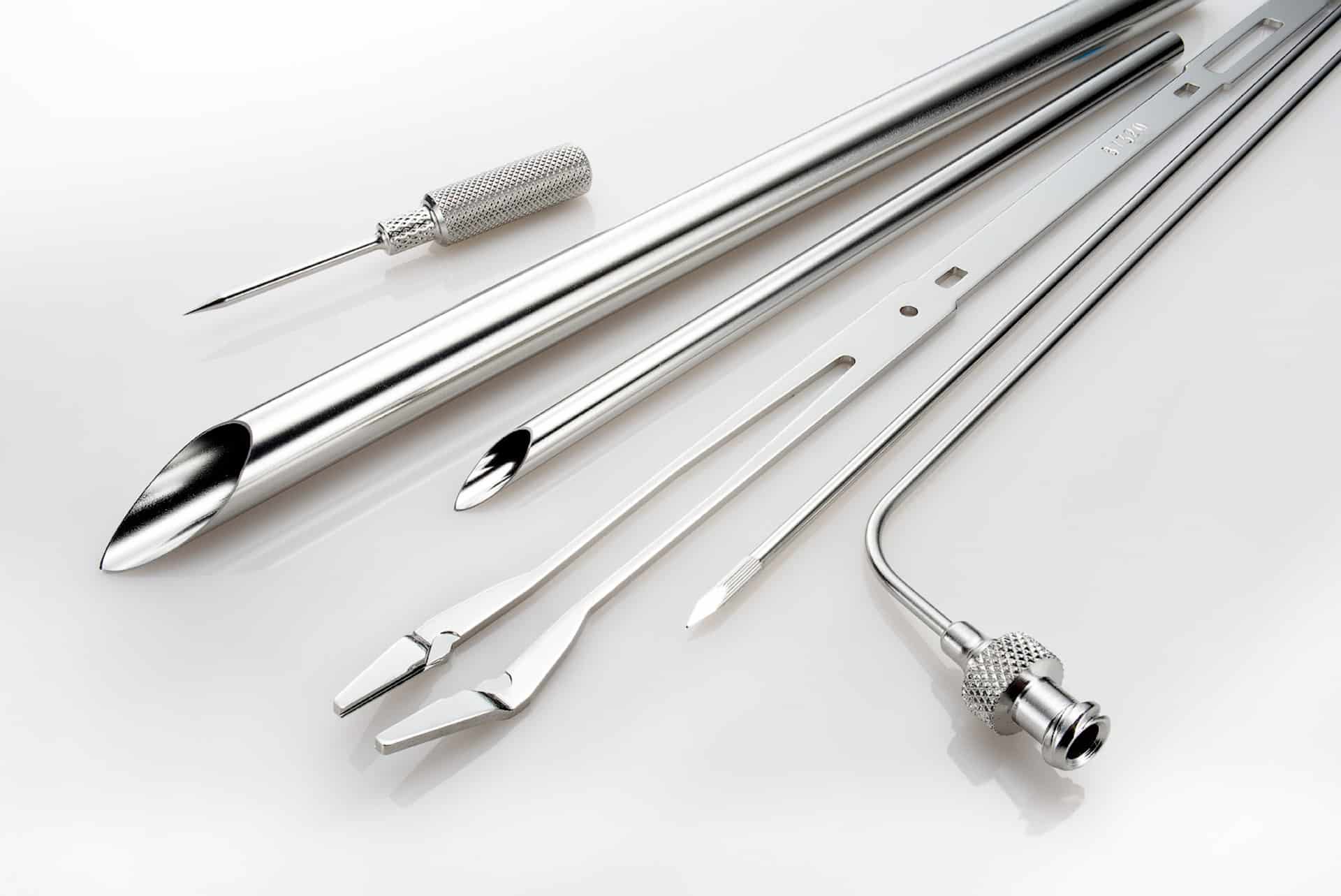
What is Electropolishing?
Electropolishing is an electrochemical and reverse plating process that removes the outer layer of skin on a metal...

The Electropolishing Process
The electropolishing process is initiated by immersing a metal part into a temperature-controlled bath of electrolyte...
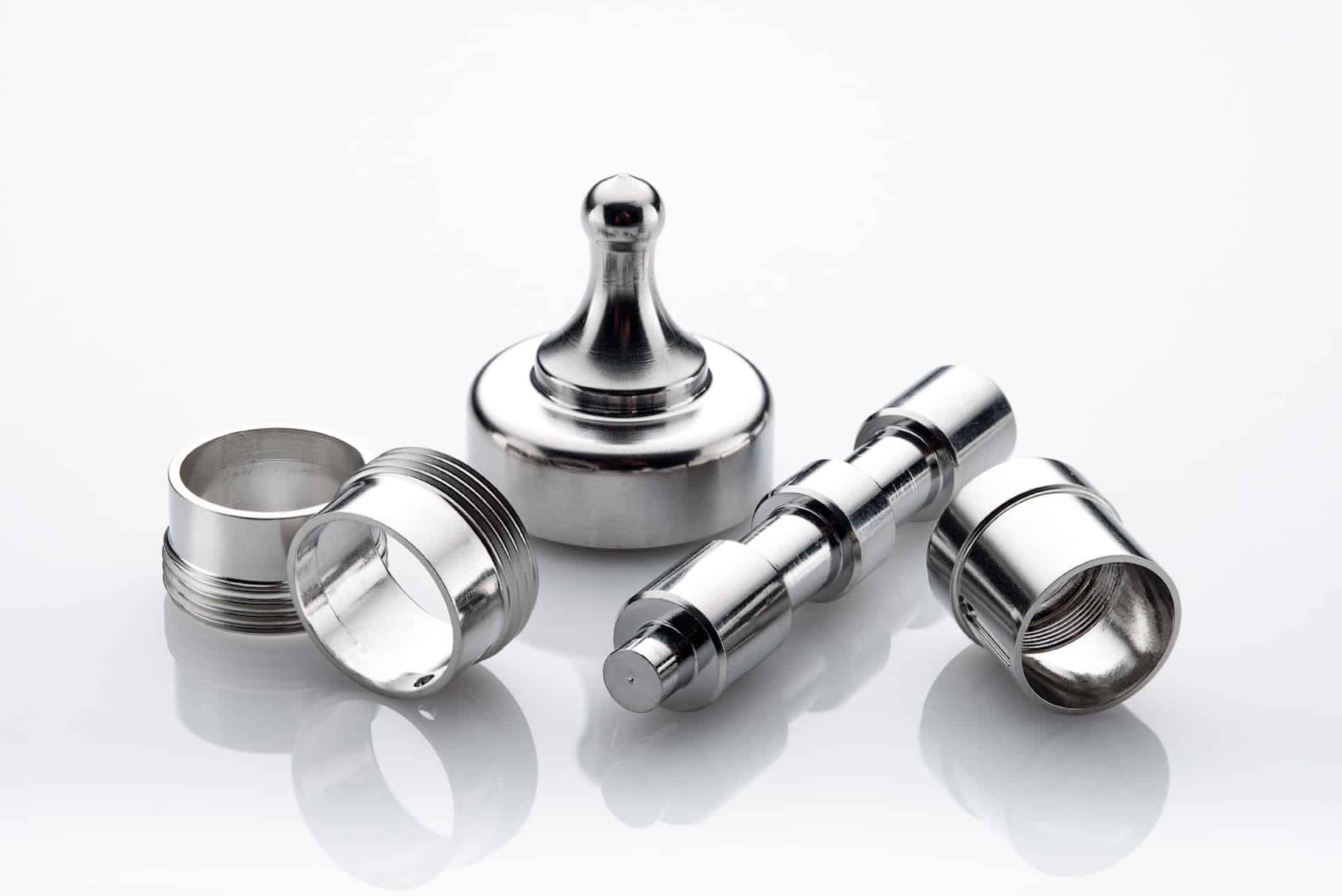
Benefits of Electropolishing
Curious about the benefits of putting your parts through the electropolishing process? Read along below where we...
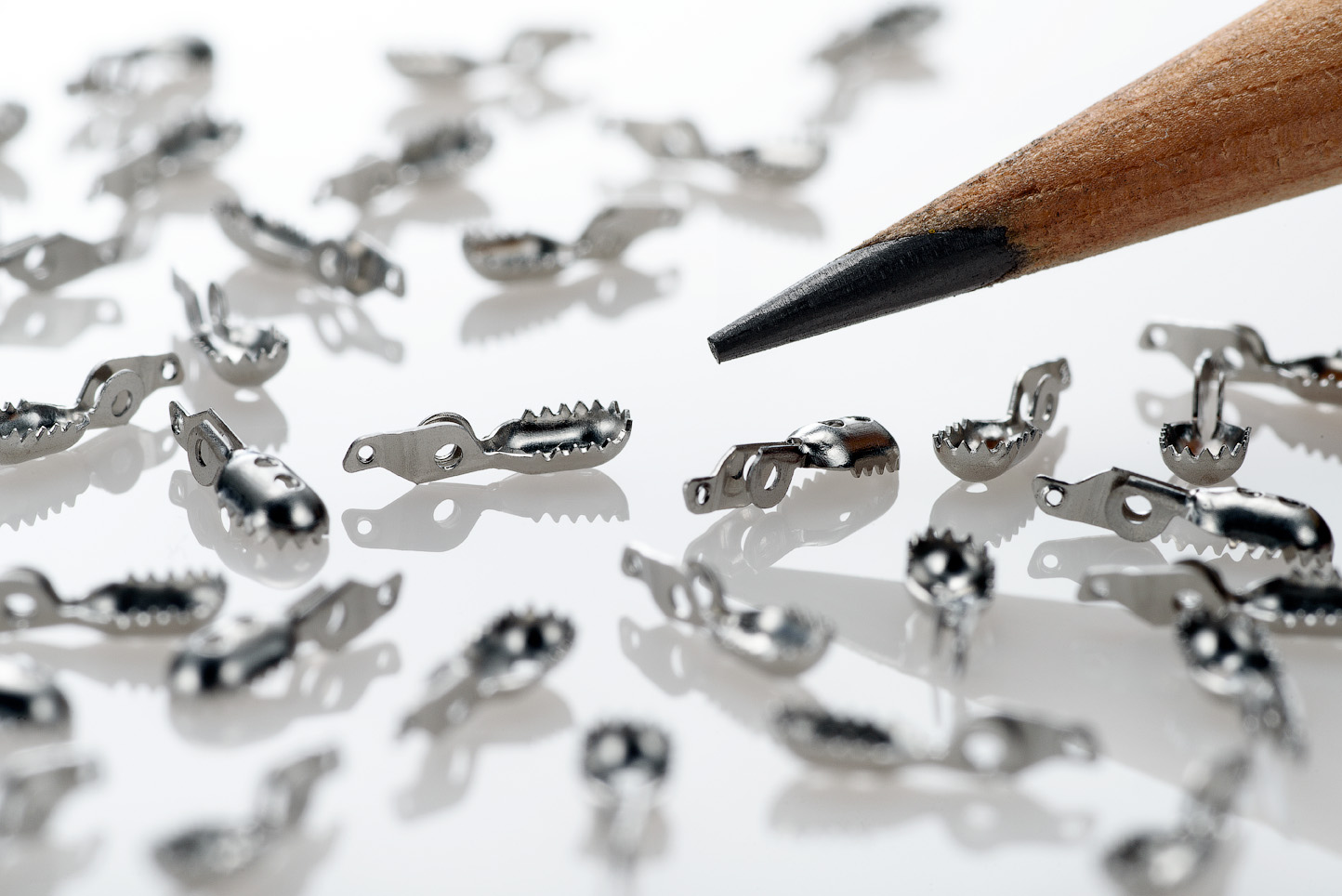
How Much Material Does Electropolishing Remove?
Electropolishing, when done properly is a highly controllable process which removes as little as...

How Much Will Electropolishing Improve the Surface Finish of My Part?
Ra and RMS are both representations of surface roughness. Ra is calculated as the roughness average of a surface’s...
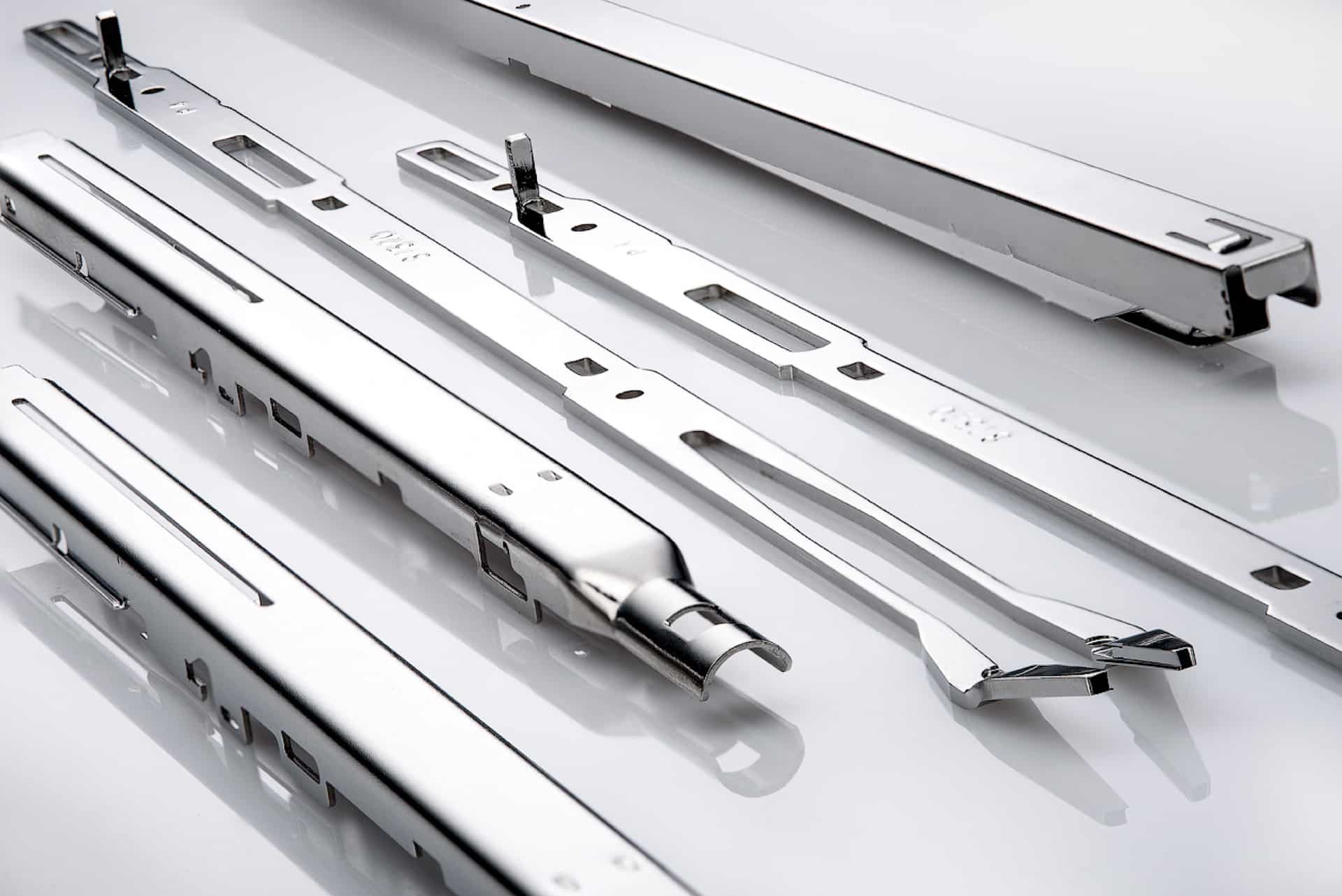
Electropolishing Frequently Asked Questions
Learn the difference between electropolishing and electroplating as well as how the electropolishing process works...
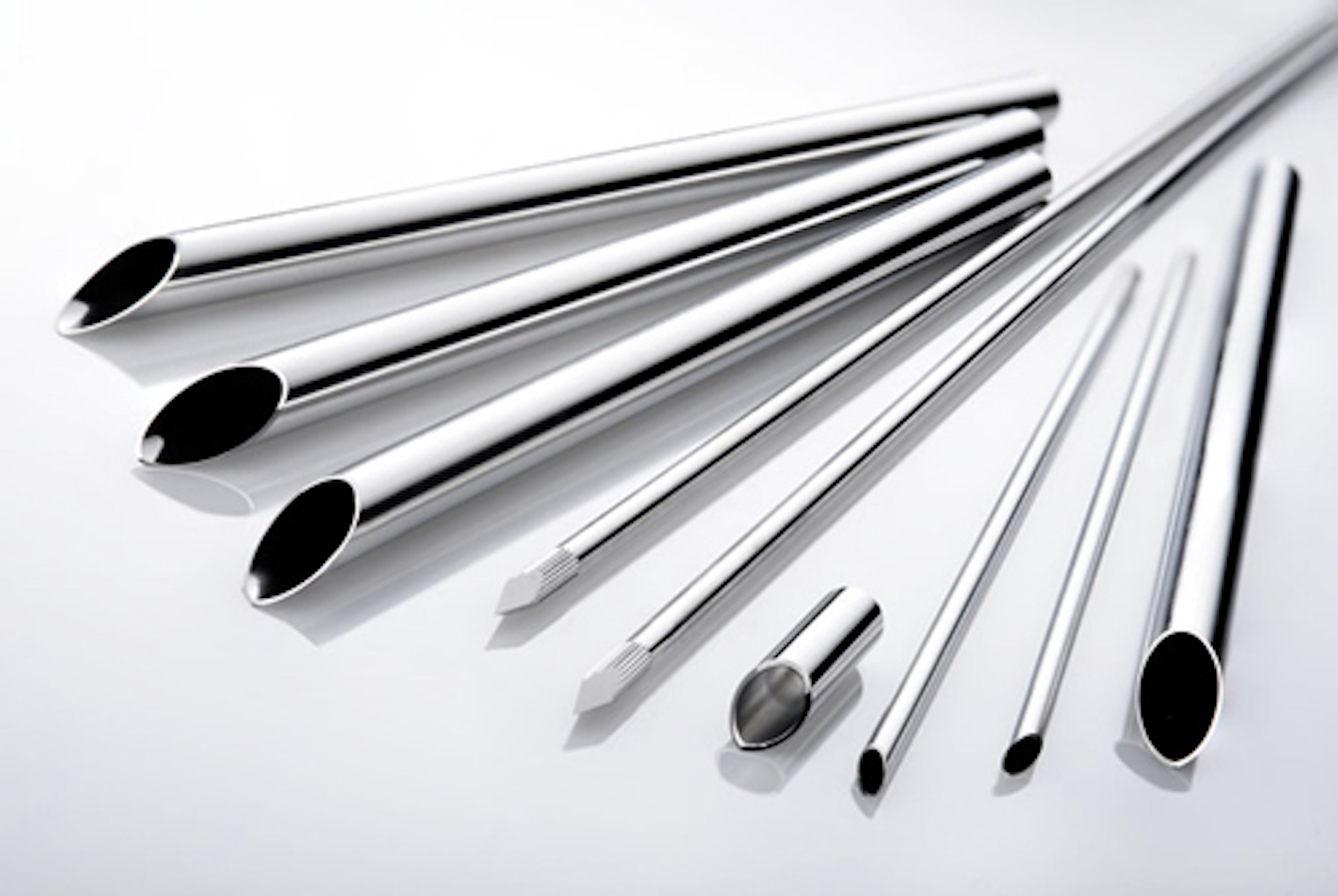
What is ASTM B912?
ASTM B912 is an industry standard for the passivation of stainless steel alloys through electropolishing...
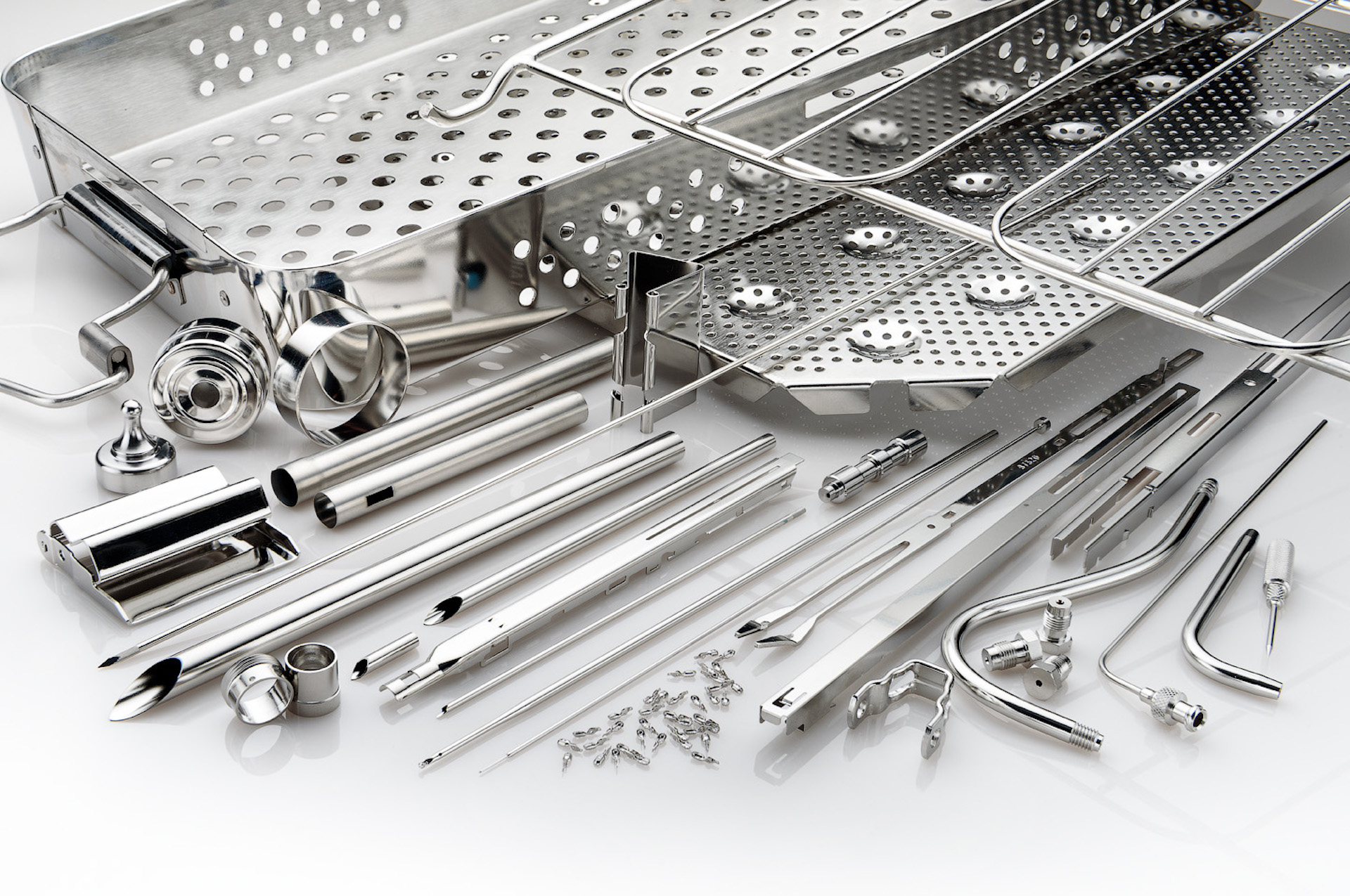
What is ASTM A967?
ASTM A967 is an industry standard specification for the chemical passivation treatments for stainless...

What is ISO 13485?
ISO 13485 is a standard that applies specifically to medical devices. ISO 13485 is designed to be...
